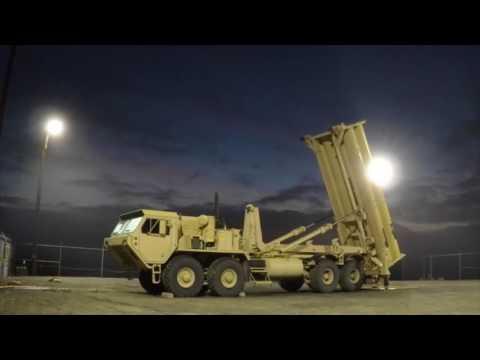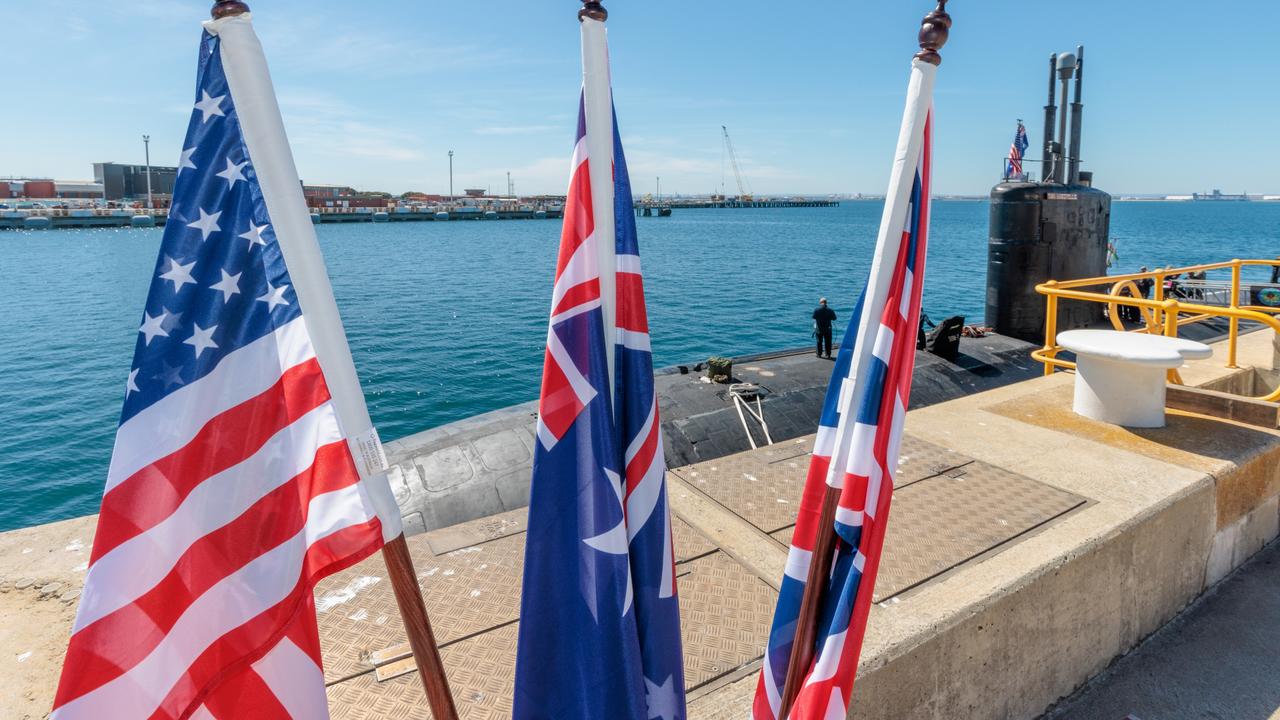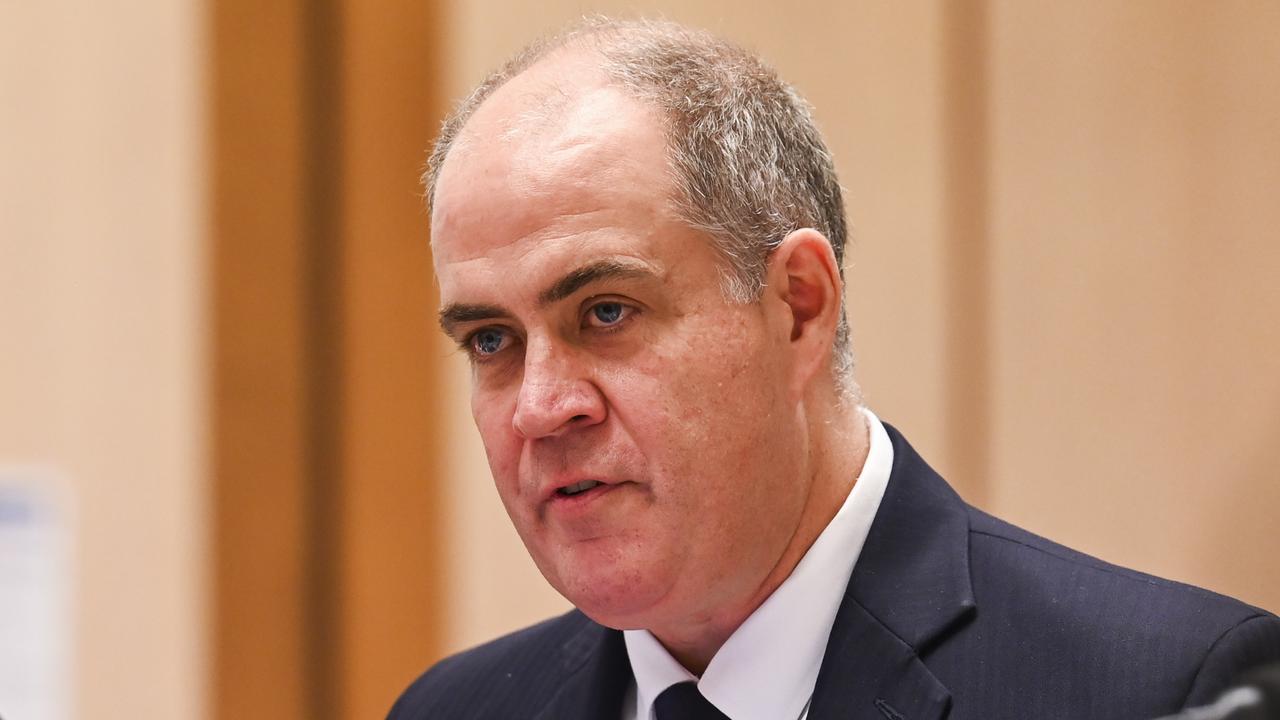North Korea missile launches: Inside the US missile shield defence system
IT COSTS billions and is hidden deep in the wilderness. If North Korea attacks, this weapon will be the key to repelling it.
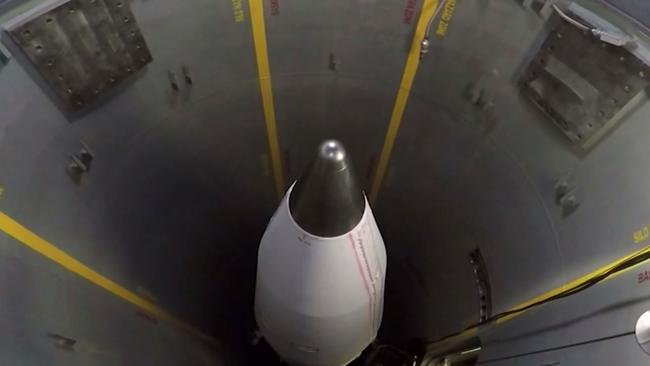
AT first glance it may seem that not a lot goes on here.
The remote Alaskan wilderness is better known for its natural beauty than as a key location for military planning.
But deep underground, this remote and sparse US military base is busier than it appears.
Fort Greely — located more than 500km north of Anchorage — is regarded as the last line of defence against a North Korea missile attack and its systems stand ready to protect the US.
Heavily guarded, its 38 silos contain ground-based missile interceptors (GBIs) which have the ability to shoot down a potential missile.
CNN’s Kyung Lah took a crew inside the base which contains the GBIs and spoke to those working at this remote outpost.
Colonel Kevin Kick, commander of the 100th Missile Defence Brigade revealed how it would operate in the event of a potential missile attack.
Colonel Kick told CNN the white shells surrounding the silos would open extremely quickly.
“Then immediately you’d see a flash of flame as that GBI would leave the tube at an incredible speed,” he said.
The interceptor, or kill vehicle, is designed to take down and destroy the nuclear weapon in space.
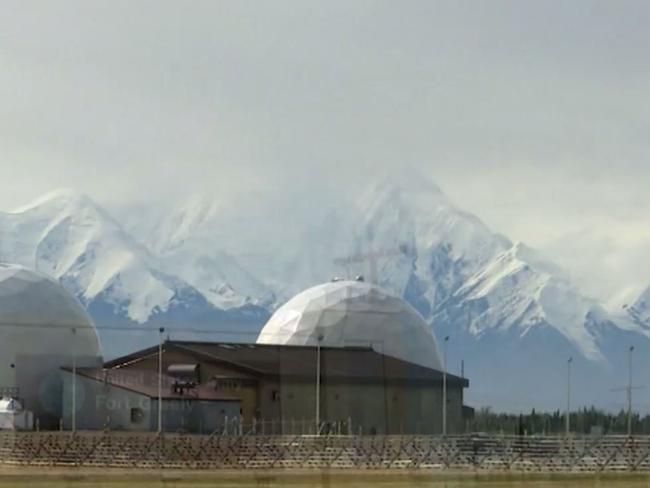
Colonel Kick told Lah he has “100 per cent confidence the missile system would work”, despite a mixed success rate in testing.
Out of 18 launches, the interceptors have only struck their target 10 times in controlled launches, CNN reported.
A 2014 report in the Los Angeles Times also raised questions about how effective the $40 billion defence system was, noting it “could not be relied on.”
A Times investigation showed the Ground-based Midcourse Defense system, or GMD, was not guaranteed to hit the mark.
It concluded the missile shield could not be relied on “even in carefully scripted tests that are much less challenging than an actual attack would be” citing government records which showed half of tests to intercept a mock enemy warhead had failed.
THE BASE
Fort Greely, a World War II army base which reopened in 2004, is 6115kms away from Pyongyang.
According to ABC News, it’s only one of two missile defence complexes in the country with a population of around 500 people.
California’s Vandenberg air force Base is used as a back up.
In a 2013 interview with the broadcaster, spokesman for the Missile Defense Agency in Alaska Ralph Scott said central Alaska was an ideal spot for the missile base.
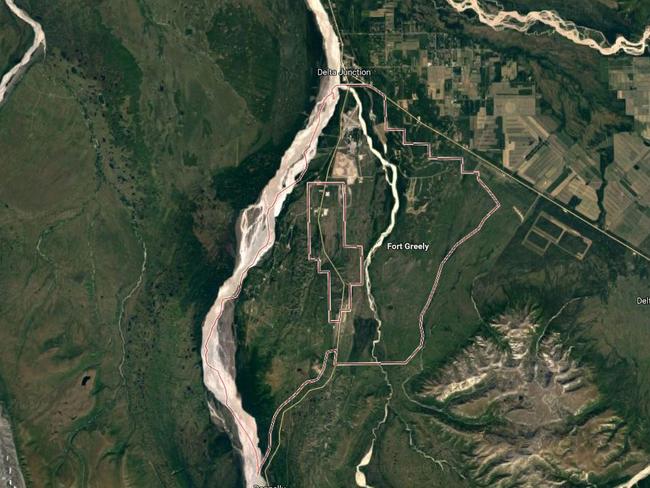
“Alaska is like the top of the world, and the only way you can view it as a missile defence benefit would be to look at a globe,” he said.
“You can see the routes the missiles from North Korea and Iran would take to get to the US.”
Located 160km from Fairbanks, the largest inland city in Alaska, there is just one highway in and out.
Conditions are constantly freezing, even in the middle of summer.
SUPER NUKE TEST
The US remains on high alert after North Korea launched a ballistic missile over Japan and into the sea on Tuesday.
North Korea’s state media reported that Kim Jong-un has called for more ballistic missile launches into the Pacific.
The Korean Central News Agency said Kim called it a “meaningful prelude” to containing Guam, the US Pacific territory and military hub.
KCNA also confirmed the missile was the Hwasong-12 intermediate range missile it recently threatened to fire toward Guam.
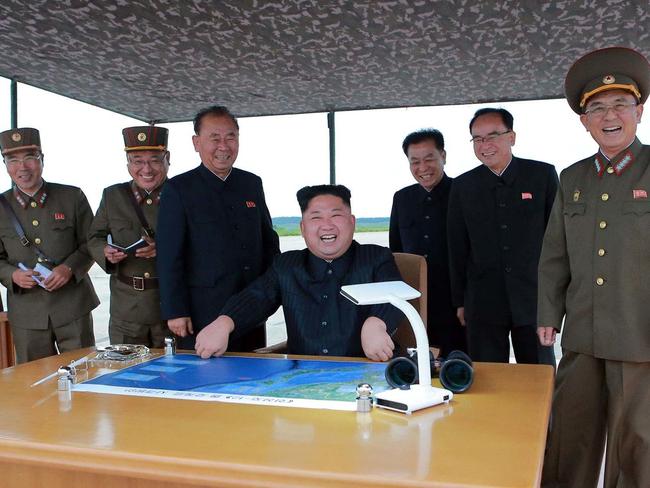
US President Donald Trump said “all options are on the table” following the provocative missile flight.
The President also said talking to North Korea is “not the answer” as the US military successfully carried out missile tests off the Hawaiian coast.
It comes as the US shot down a ballistic missile in a test conducted off the coast of Hawaii in a show of force against the secretive regime.
The test was conducted by the Missile Defense Agency and US Navy sailors.
In a statement, Missile Defense Agency Director Lt Gen Sam Greaves praised the successful tests.
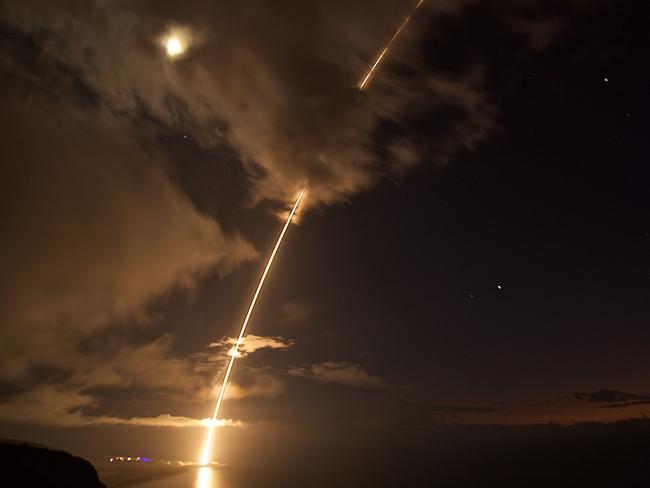
“We are working closely with the fleet to develop this important new capability, and this was a key milestone in giving our Aegis BMD ships an enhanced capability to defeat ballistic missiles in their terminal phase,” he said.
“We will continue developing ballistic missile defence technologies to stay ahead of the threat as it evolves.”
#NNSA & @usairforce complete second qualification flight test of B61-12 to validate design & system performance. https://t.co/fNgPyJTD4m pic.twitter.com/1A3x6lw44j
— Frank Klotz (@FrankKlotzNNSA) August 28, 2017
The US also carried out testing of its B61-12 gravity bombs, developed under the guidance of the National Nuclear Security Administration, in Nevada this week.
The guided bomb has been dubbed the “most expensive nuclear bomb ever made” capable of hitting targets more precisely than previous versions.
